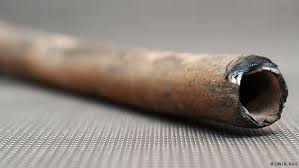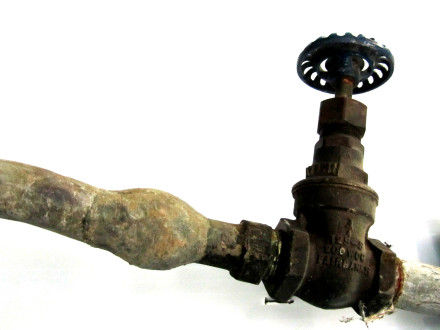Lead Water Pipes
- John Quinn

- Aug 29, 2017
- 2 min read
Updated: Apr 29, 2023
Drinking water and possible lead contamination is a topic of much discussion since the Flint Michigan water crisis. Most of the issues in the news lately have to do with lead water pipes in
use by water companies and municipalities. Lead water pipes have not been installed since the mid 1900's.

Where Lead Can Be Found
Lead can get into drinking water through plumbing fixtures and soldered joints that contain lead, but the biggest potential source of lead contamination to drinking water is through lead water supply lines. These are the water lines from the water main in the street that bring water directly into homes, typically entering basements up through the floor. Lead pipes were used up to the early to mid 1900’s, so if your home was built after this time it probably does not have a lead water service from the public water main into the home. The first indicator that you may have lead piping is the presence of something called a “wiped joint”, which is a big swollen ball of lead that can always be found at the transition between lead piping and other types of piping.

Be aware, however, that these wiped joints can also be found on copper tubing, so it’s not a guarantee that you have lead piping. To know for sure, try lightly scratching the piping with a screwdriver or even your fingernail. Lead piping has a dull finish, but any scratched areas will be shiny.
If you’re buying or own a home with a lead water supply line, you have two basic choices: Replace the lead water lines. Replacing the lead water supply lines is expensive, and it’s the homeowner who pays for it, but this probably offers the highest degree of protection against lead. Don’t drink the water. If you choose to not drink the water, you’ll need to buy your water.
Even if the visible portion of the water supply piping coming into the home is copper, it’s not a guarantee that the home has copper water piping all the way out to the street. In many cases, the water piping has been replaced out to the curb stop (typically located near the curb), but NOT all the way out to the public main, which might be located across the street. To know which side of the street the public main is on, look for which side of the street the fire hydrants are located on. Modern built homes do not have lead water services or lead plumbing pipes.



Comments